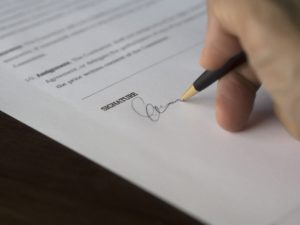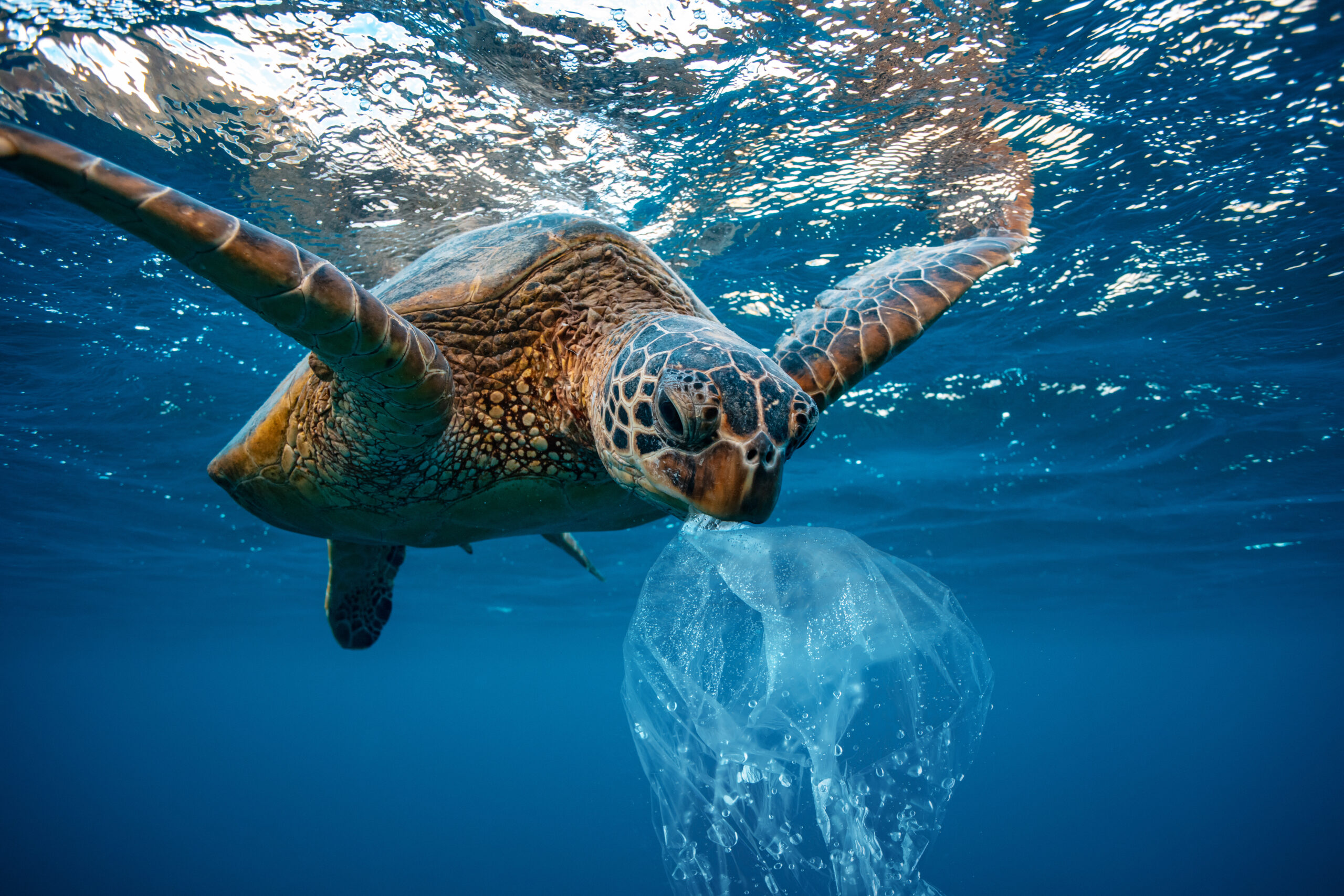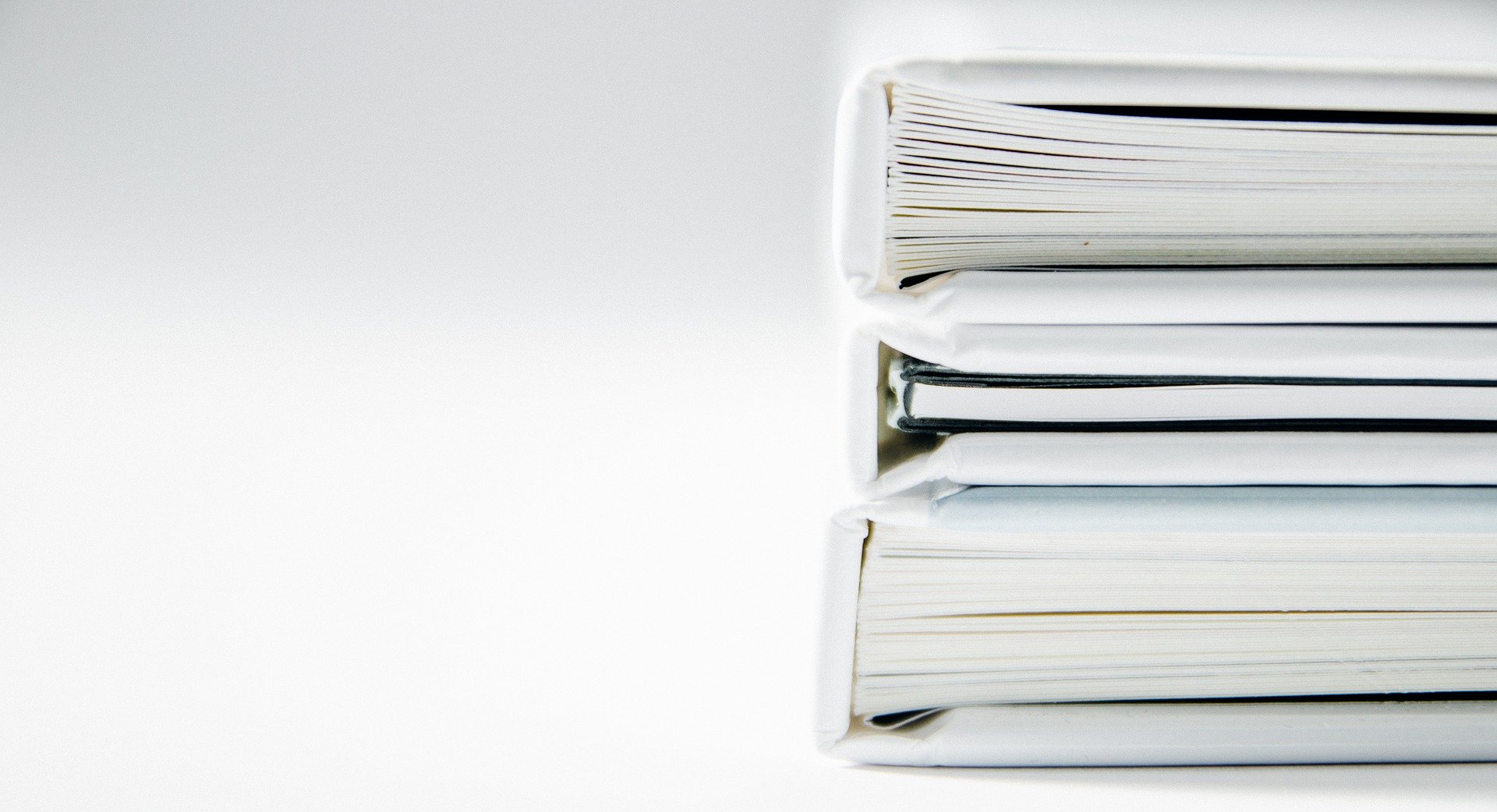Plastic pellets, accidental and deliberate 'littering' and discarded lost fishing gear - the sources of marine litter are known, but not their volume nor how to solve the problem
When the X-Press Pearl went up in flames and subsequently sank in May 2021 the focus at the time was on the ferocity of the fire and the rescue of the crew. Attention soon turned to cargo declarations to help prevent such events being repeated.
But there was another notable outcome. The fire, and subsequent loss of the containers when the vessel eventually sank, led to millions of plastic pellets, sometimes called nurdles, to pollute the surrounding waters.
These small, pea-sized bits of plastic are shipped regularly around the world and are one of the early stages in the production of the millions of domestic and industrial plastic products used in society.
It took more than a year for Sri Lanka to deal with the problem of these plastic pellets being washed ashore, and the likelihood is that millions are still in the oceans, many of them burned and degraded, already broken down in size and posing a serious health risk to the environment.
Containers can be filled almost to the roof with plastic pellets, with declarations and cargo manifests barely noting their presence.
Proposals have been made to the International Maritime Organization to help solve this problem, with one interim solution being a ban the bulk shipments of nurdles, but this focused on bulk carriers. Other considerations ar being made about reducing the risks should containers be lost over board.
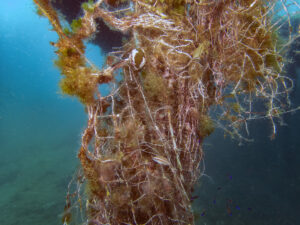
This is not the only plastics from ships concern with regulators. While there is a ban under Marpol annex V on throwing plastic waste overboard any ship, anywhere, it would appear that up to 20% of all marine plastic litter could be ship sourced.
The plastic problem is under discussion at the IMO’s sub-committee on pollution prevention and response (PPR), but it is a tough nut to crack.
As Loukas Kontogiannis, Head, Marine Pollution, Marine Environment Division told the latest Aronnax podcast, it is difficult to determine if plastic littering is the case of a few bad actors or a more widespread issue. He likens it to some one ‘fly-tipping’ in a secluded spot when they can not source a proper place for the garbage or are not willing to pay.
Remedies being suggested include marking plastic more clearly, having better records of plastic coming onboard and then offloaded to shore reception facilities.
The prevalence and cost of shore reception facilities globally is also unknown, nor is it clear whether plastic sent ashore could then reenter the water chain ashore. Again it is information about the size and scope of the problem that is missing, similarly with discarded or lost fishing gear.
Ghost nets are the nets that are lost of discarded but still trapping and leading to the death of fish and other marine animals. How much of this exists is also an unknown factor, nor a full knowledge of other marine plastic such as buoys, plastic ropes, broken down nets, all of which which eventually become microplastic and enter the food chain,
GloLitter
While the IMO’s PPR is looking for papers and proposals to build up a response to vessel-based sources of marine plastic litter, the Organization is already working on it with practical projects through the GloLitter Partnerships Project.
Funded by Norway since 2019 and now with additional backing from Saudi Arabia and Australia, it is focused on providing resources to least developing countries and small islands developing states. It is building up best practice examples to tackle marine plastic litter, building resources to identify the size of the various plastic pollution problems that originate from ships, and has brought in a global industry alliance to help address this within the industry.
The GloLitter GIA currently has only five companies (Aker Biomarine, Collecte Localisation Satellites, Container Overboard System (COBS), Grieg Group, VOW and Wilhelmsen.
But as Kontogiannis recognises, the challenge is huge and there is the fact that 80% of the plastic in the oceans has originated from ashore. Even the plastic pellets are thought to come from land production sites, leading to manufacturers making their own efforts to clean up.
But for marine litter the key problem is to ensure MARPOL annex V (the regulations for the prevention of pollution by garbage from ships) is enforced better, and the IMO so-called living document with guidelines is followed, which includes ensuring the garbage management plan, and record book are accurately followed and updated, and any incinerators are of a certain standard.
Other pollution news
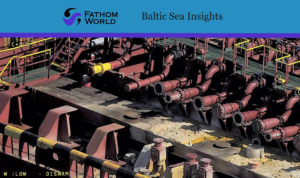
Banning the legal discharge of biofuels into the sea
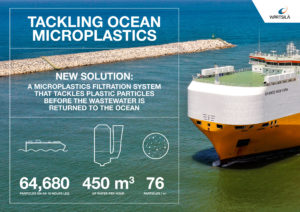
Wärtsilä and Grimaldi unveil new filter system to tackle ocean microplastics
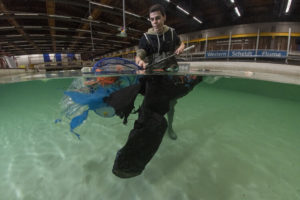
ESA tests marine plastic detection in ocean wave facility
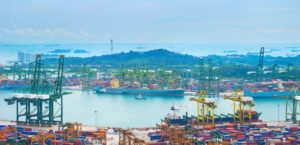
IMO moves ahead on GHG emissions, Black Carbon and marine litter
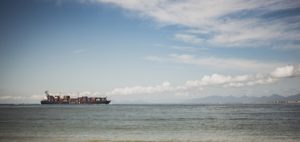
IMO’s Marine Environment Protection Committee meets 22-26 November
